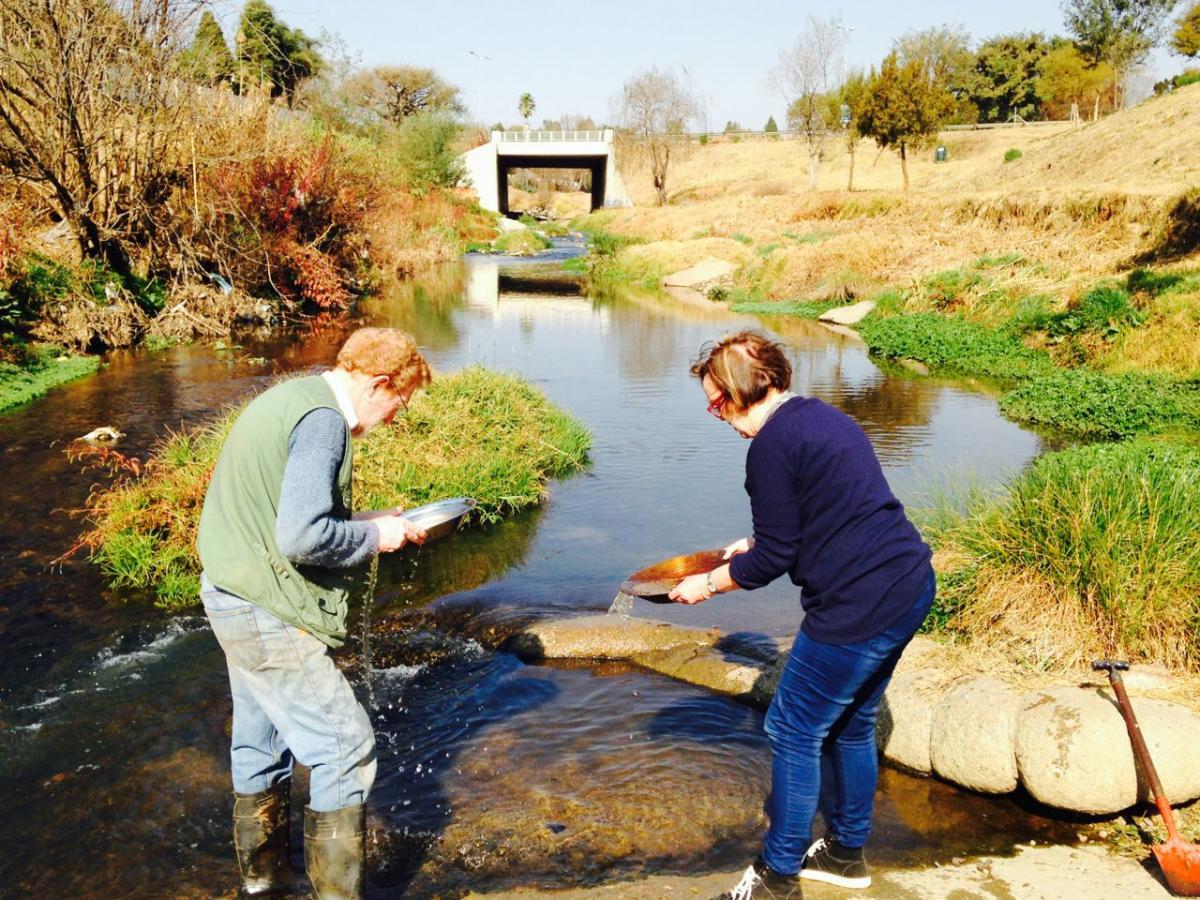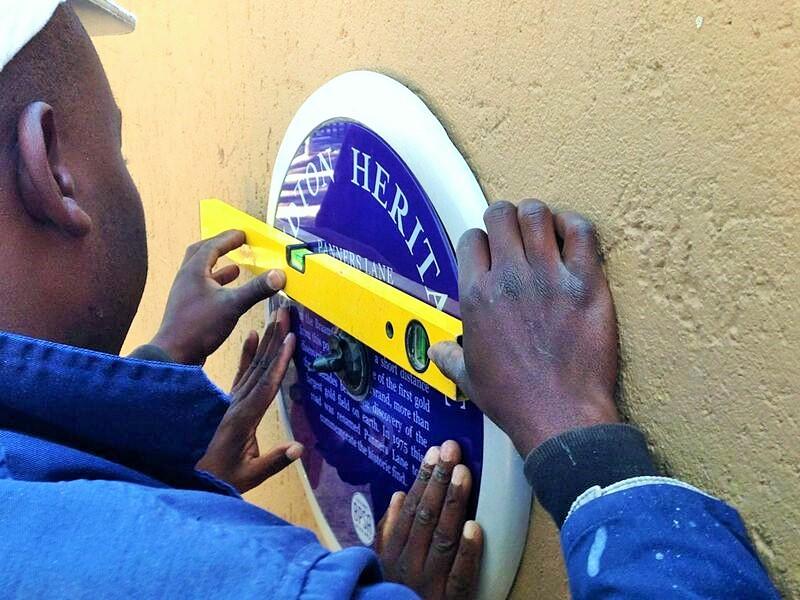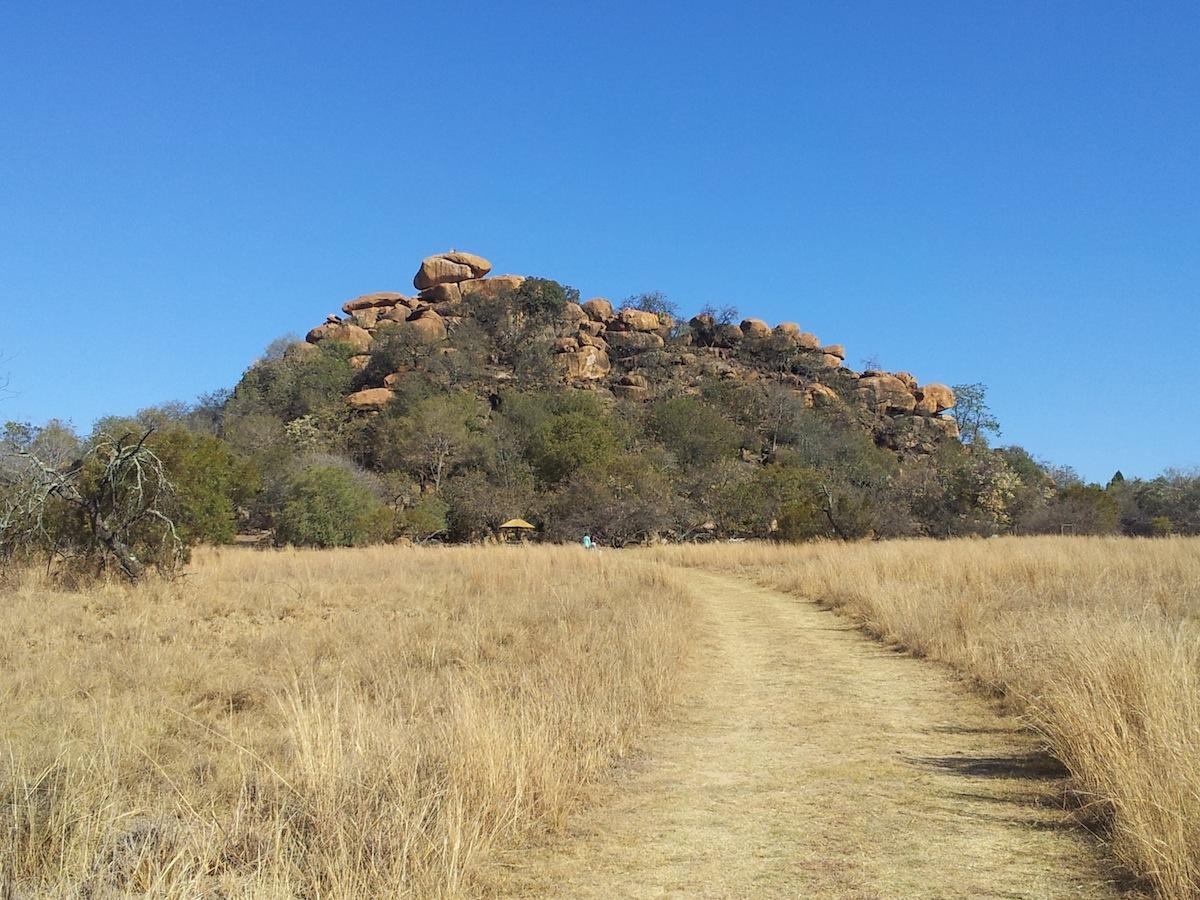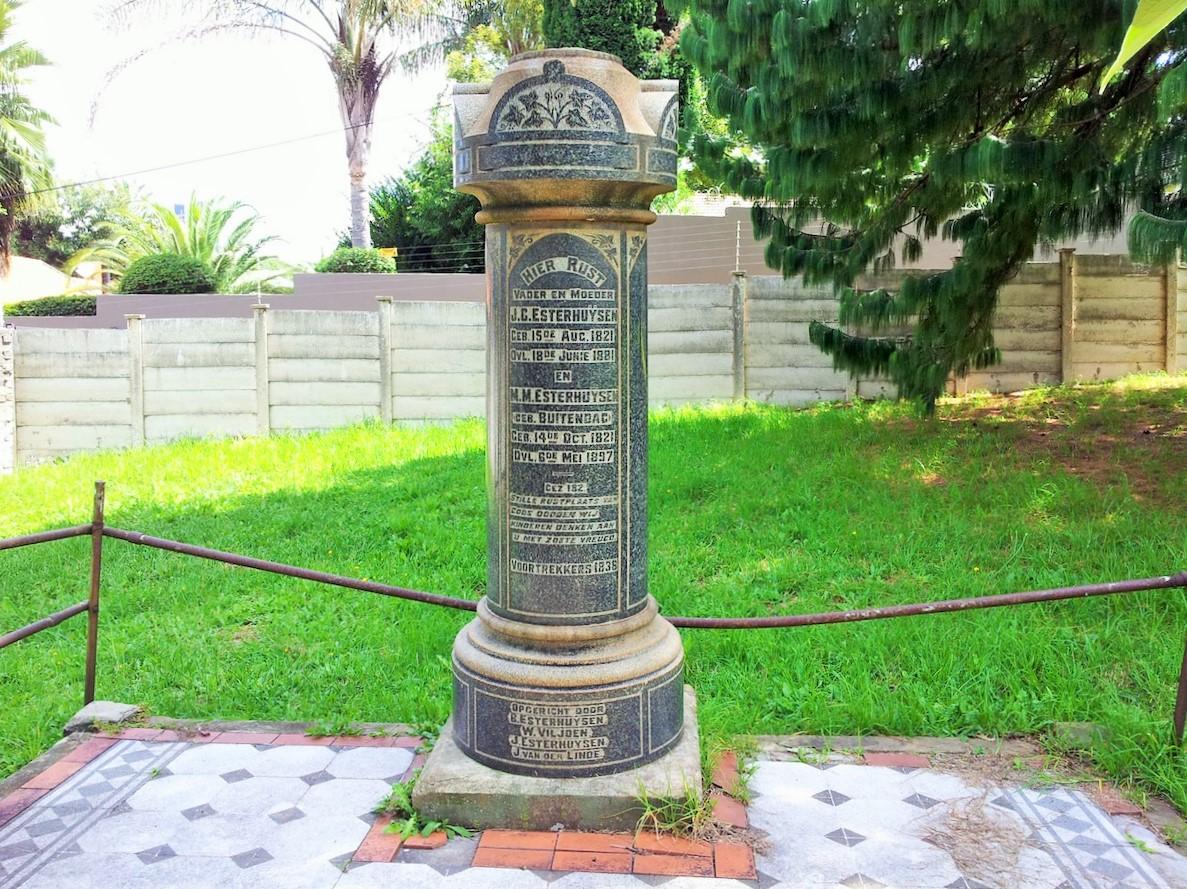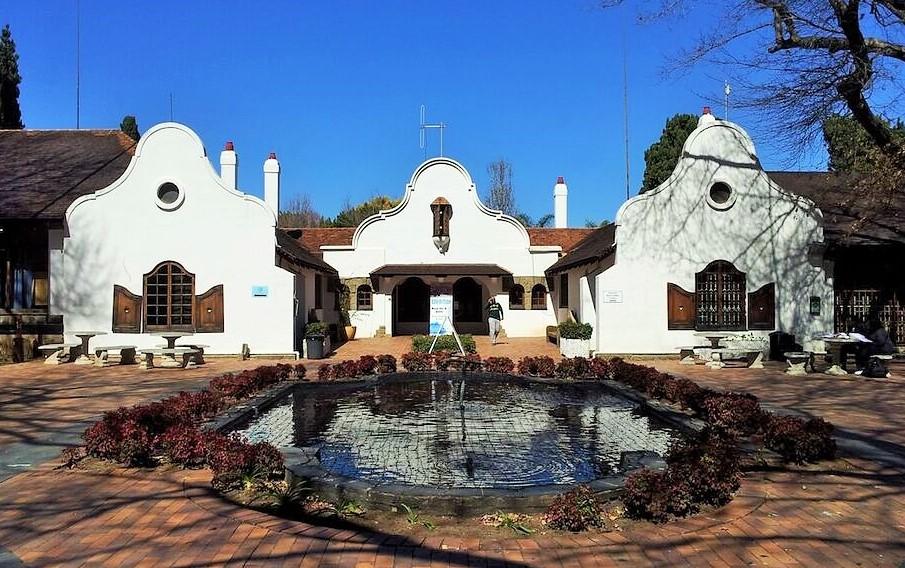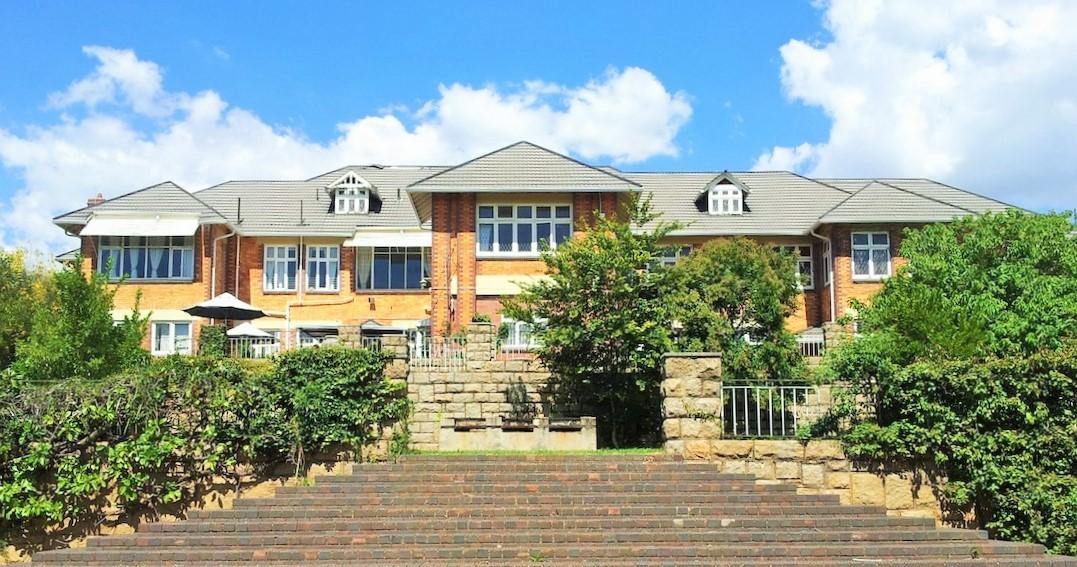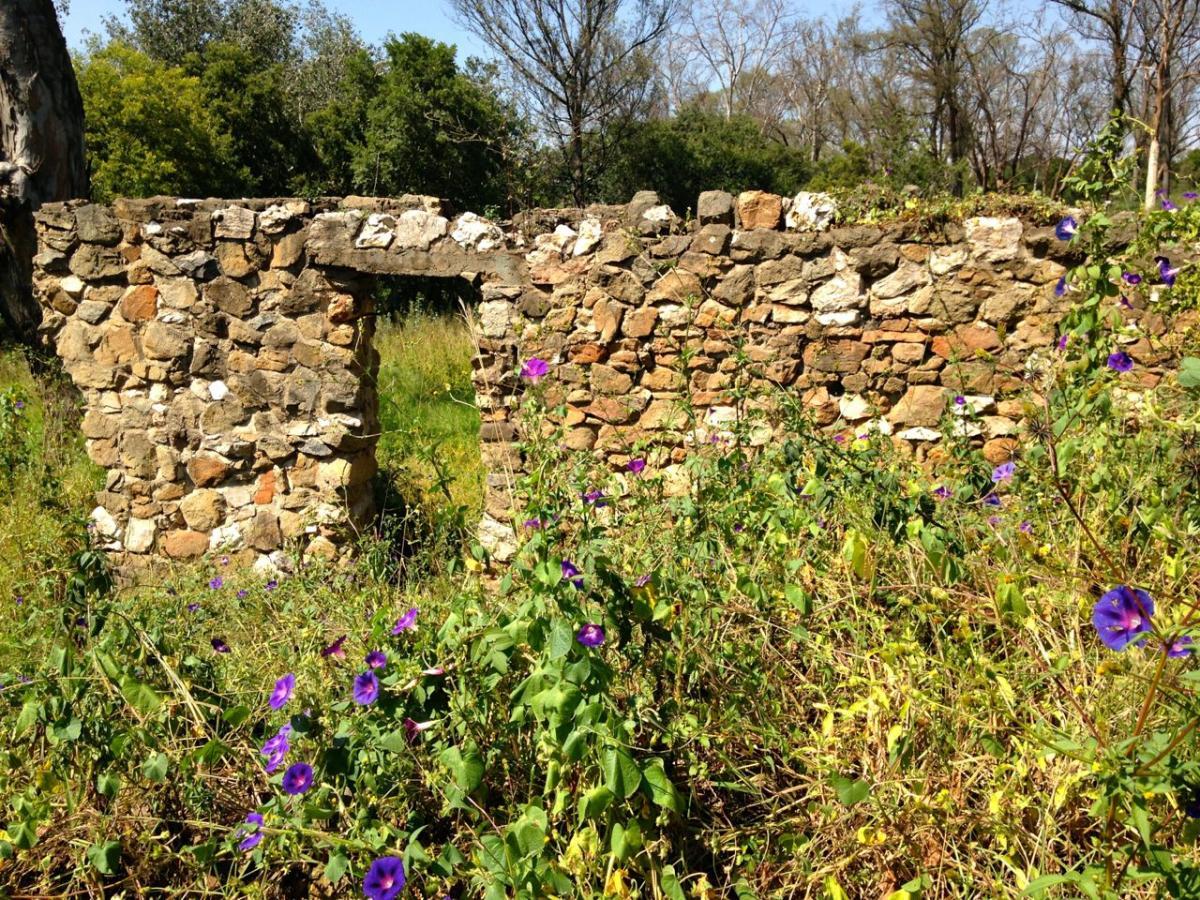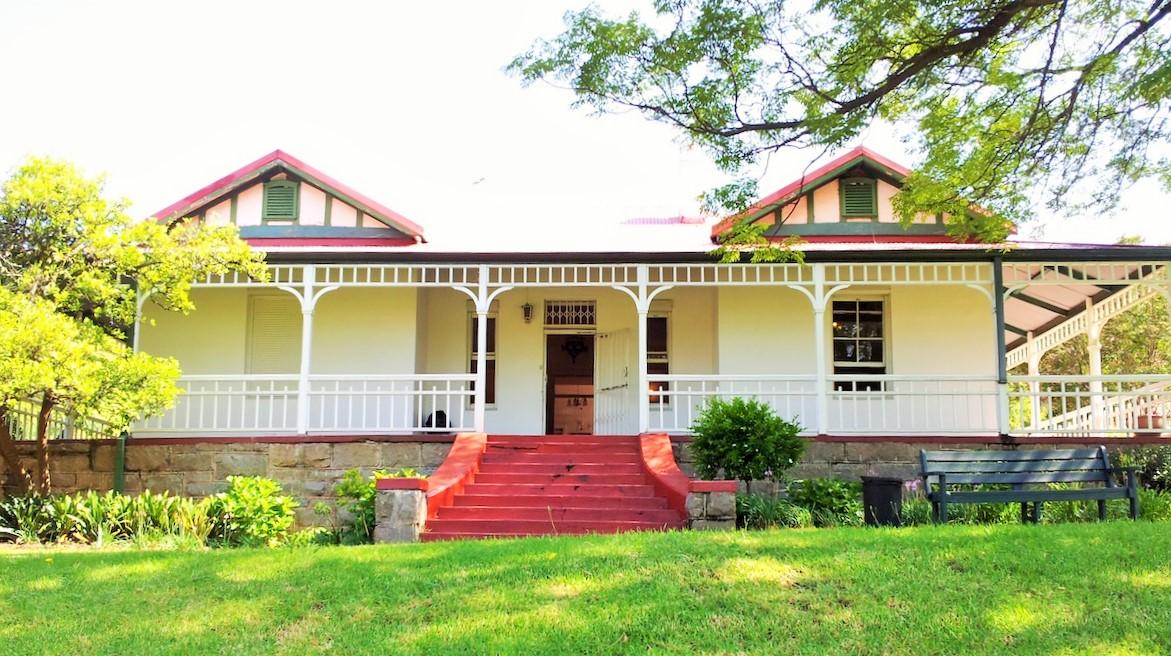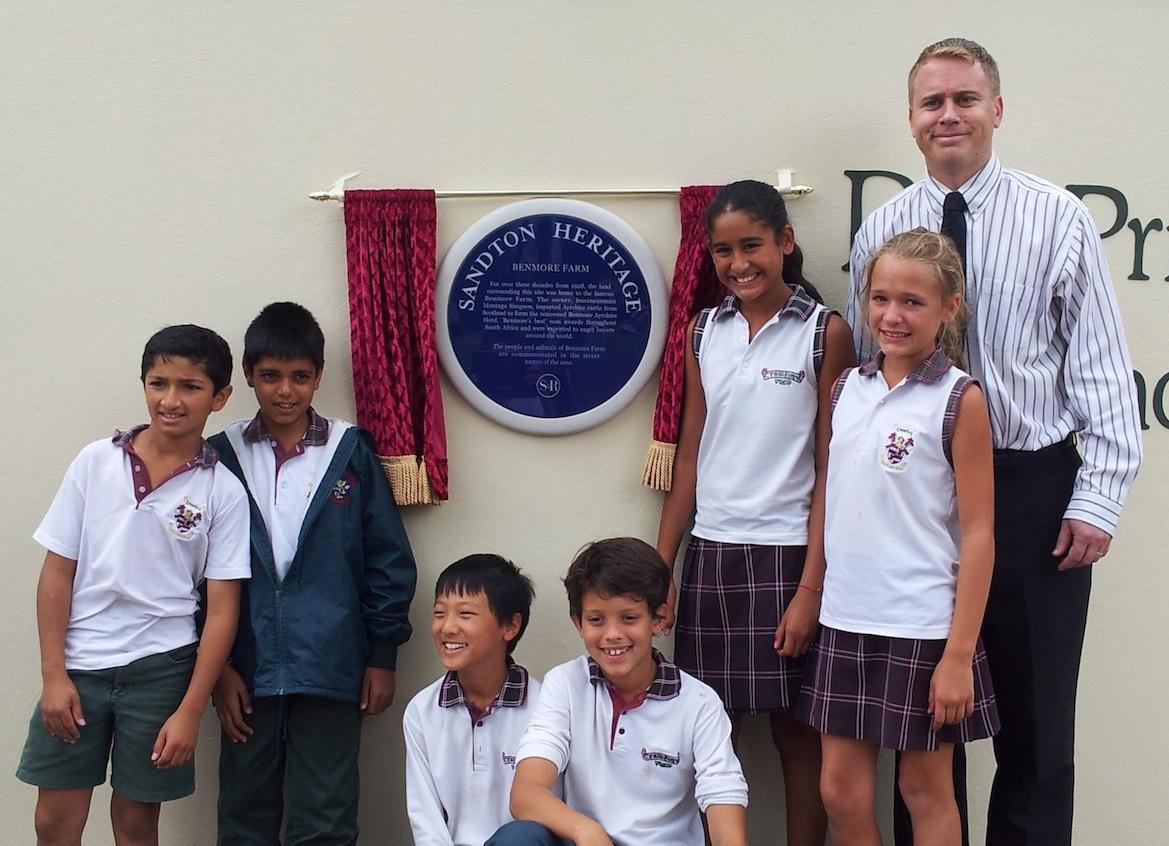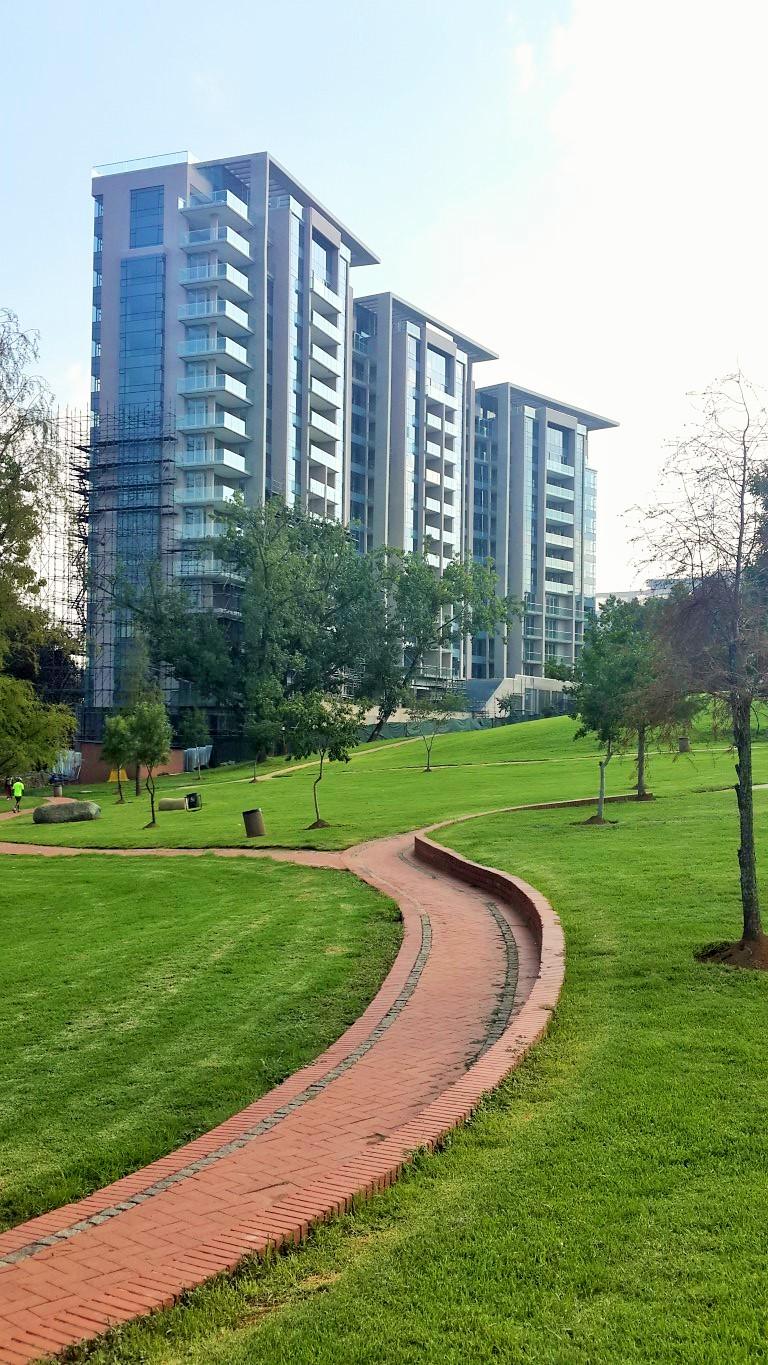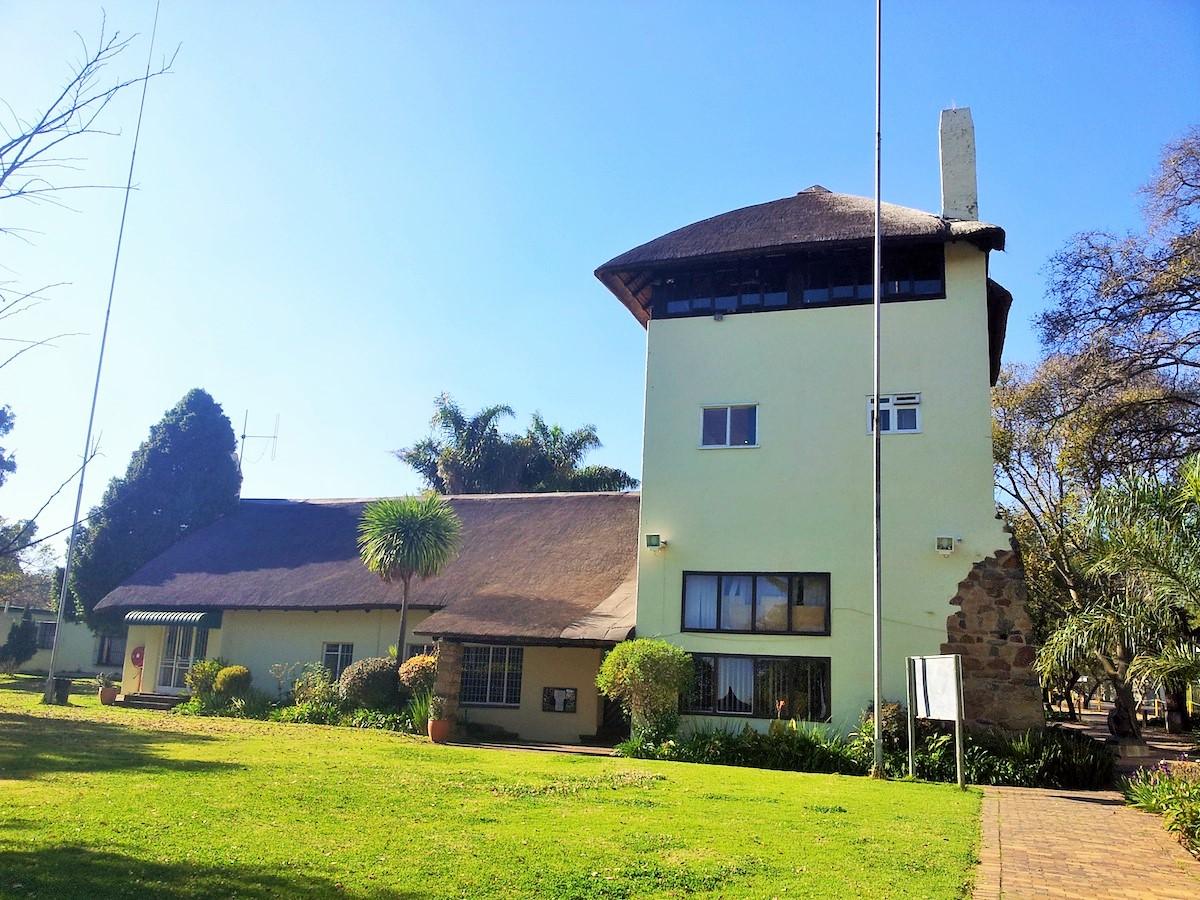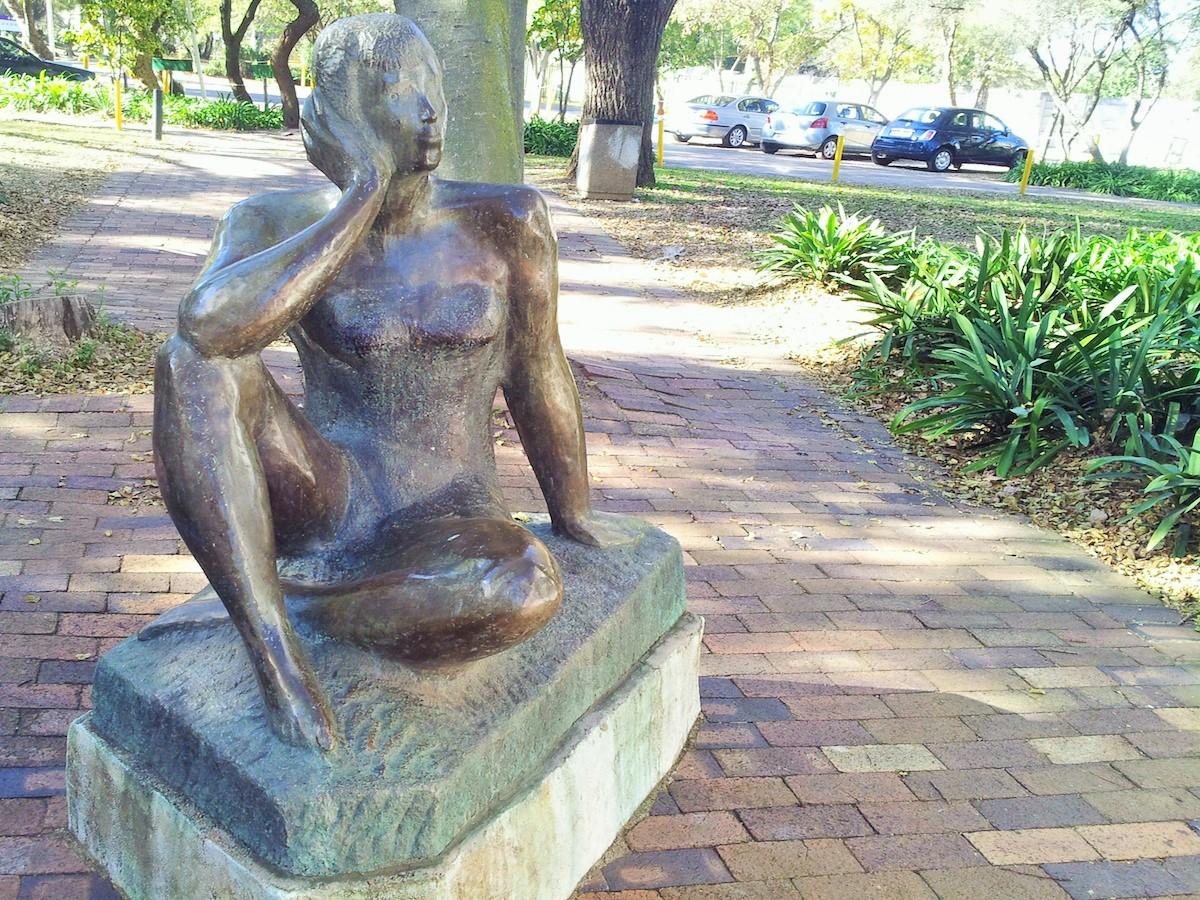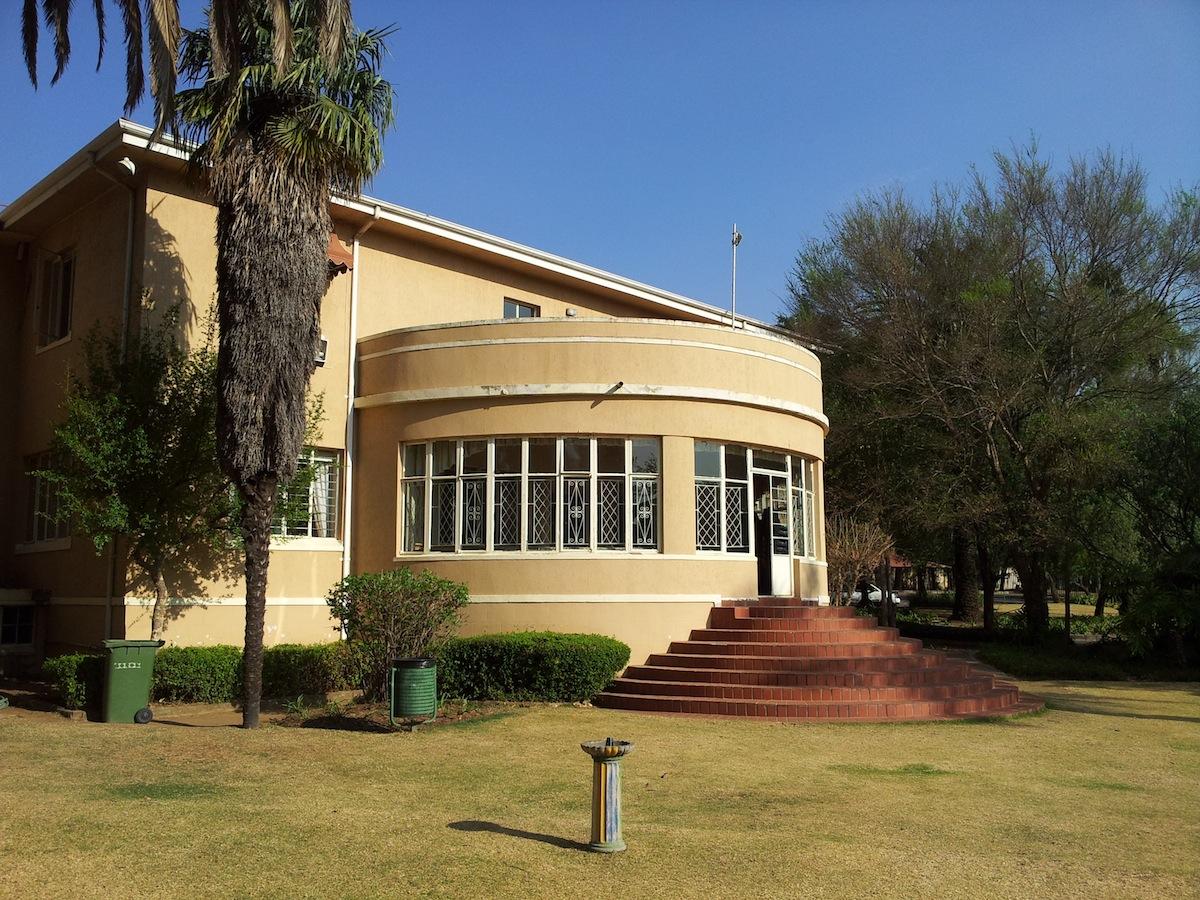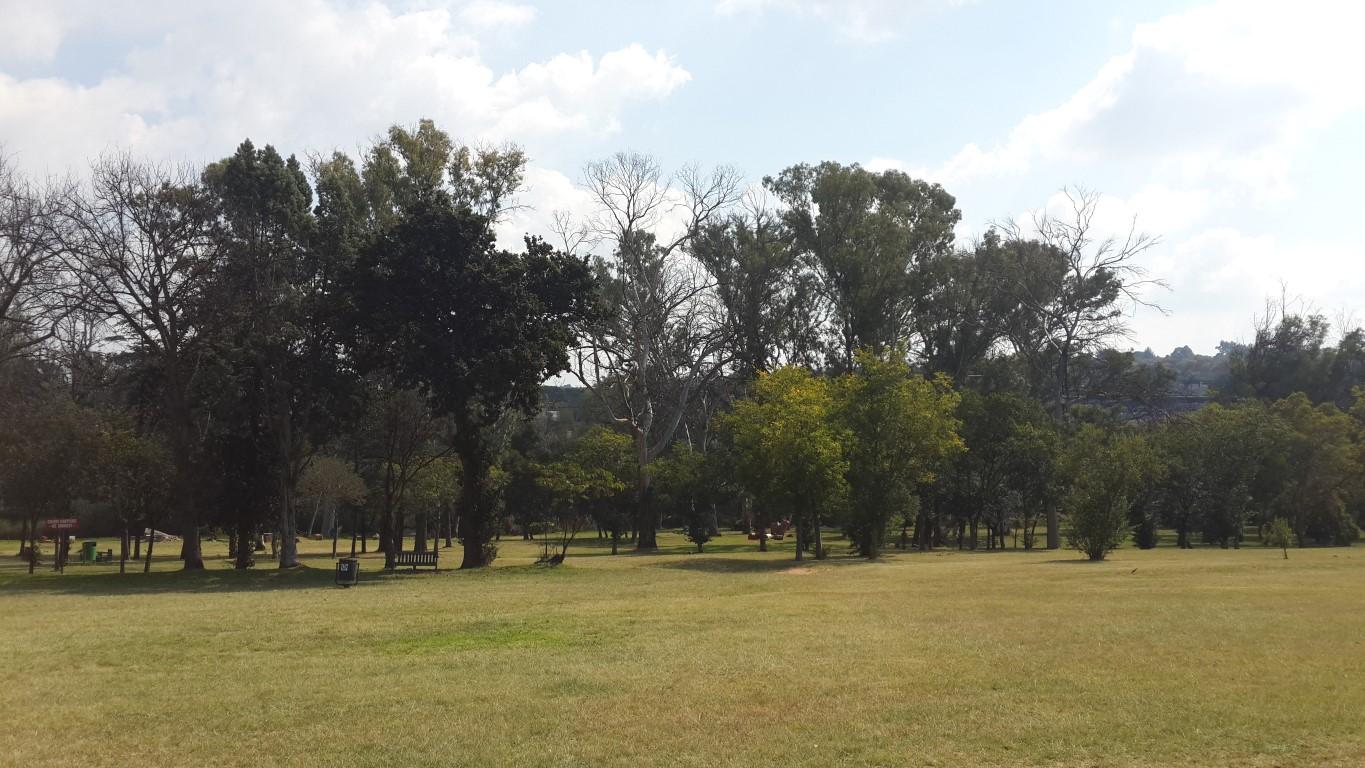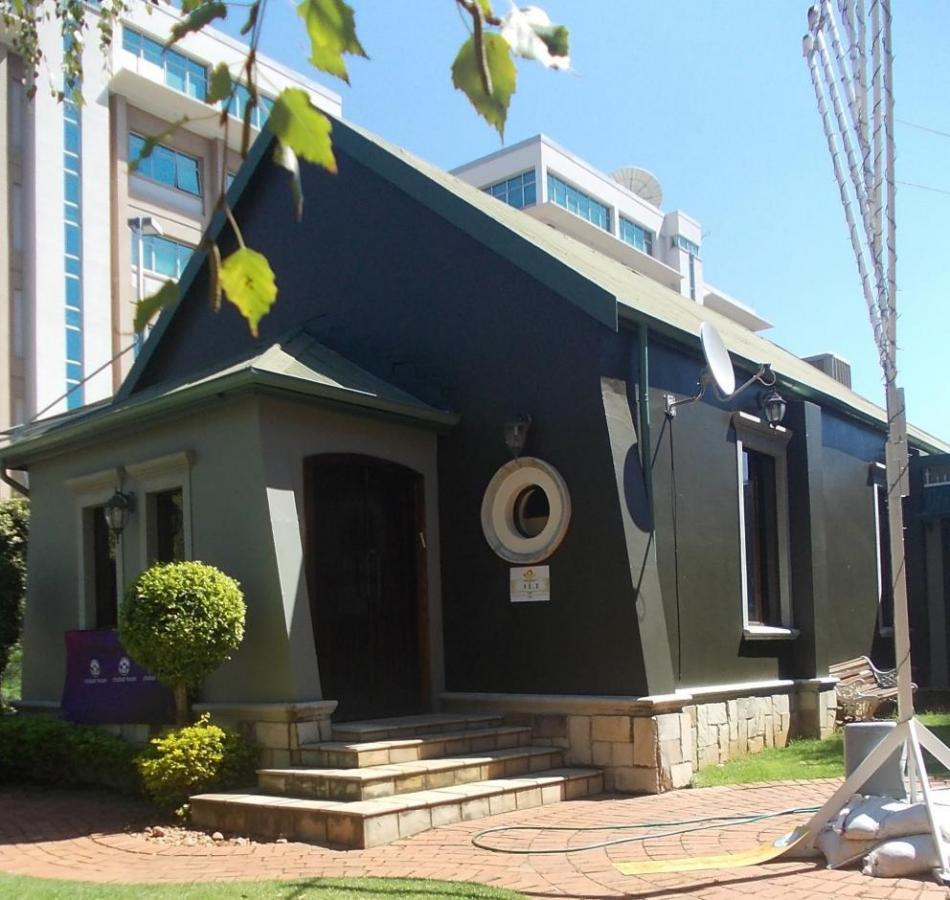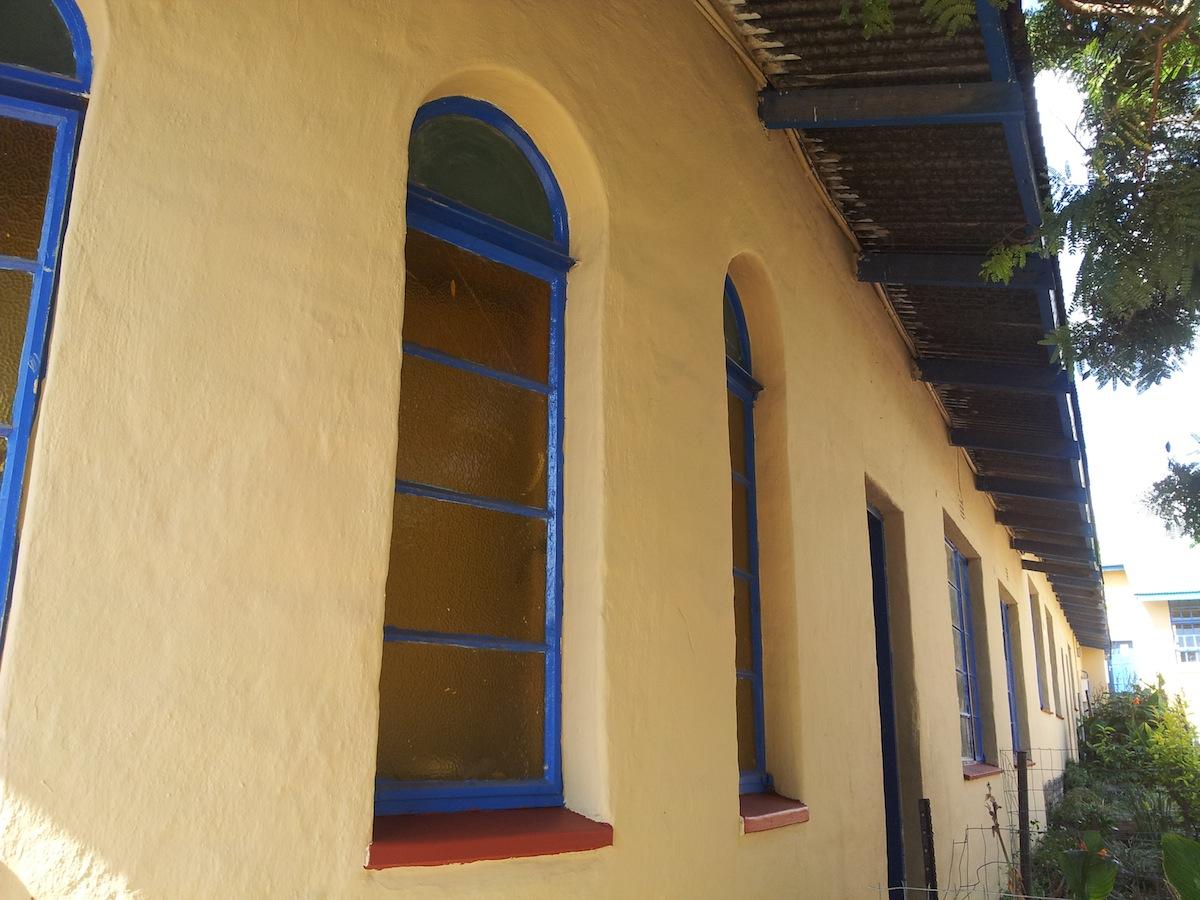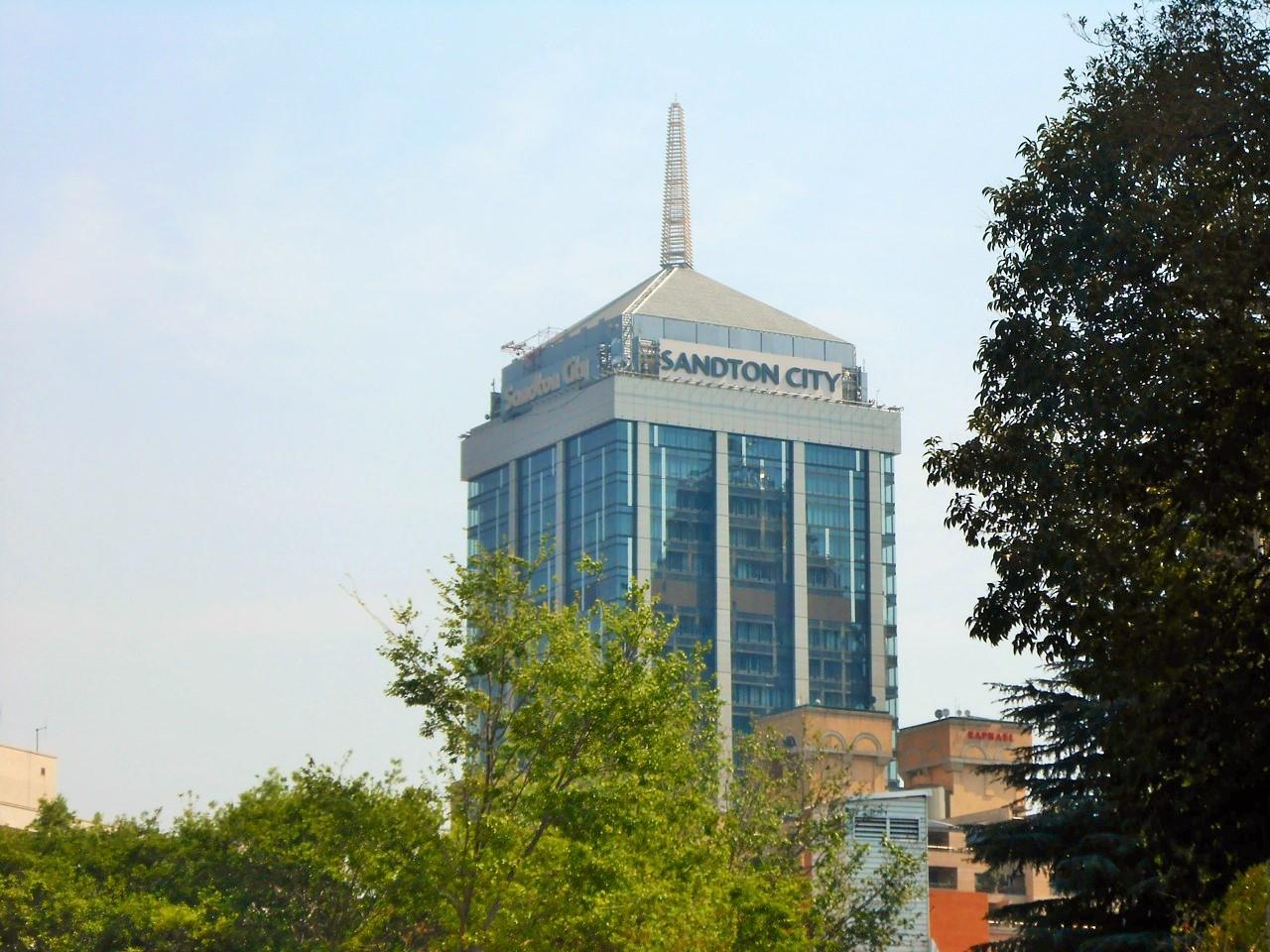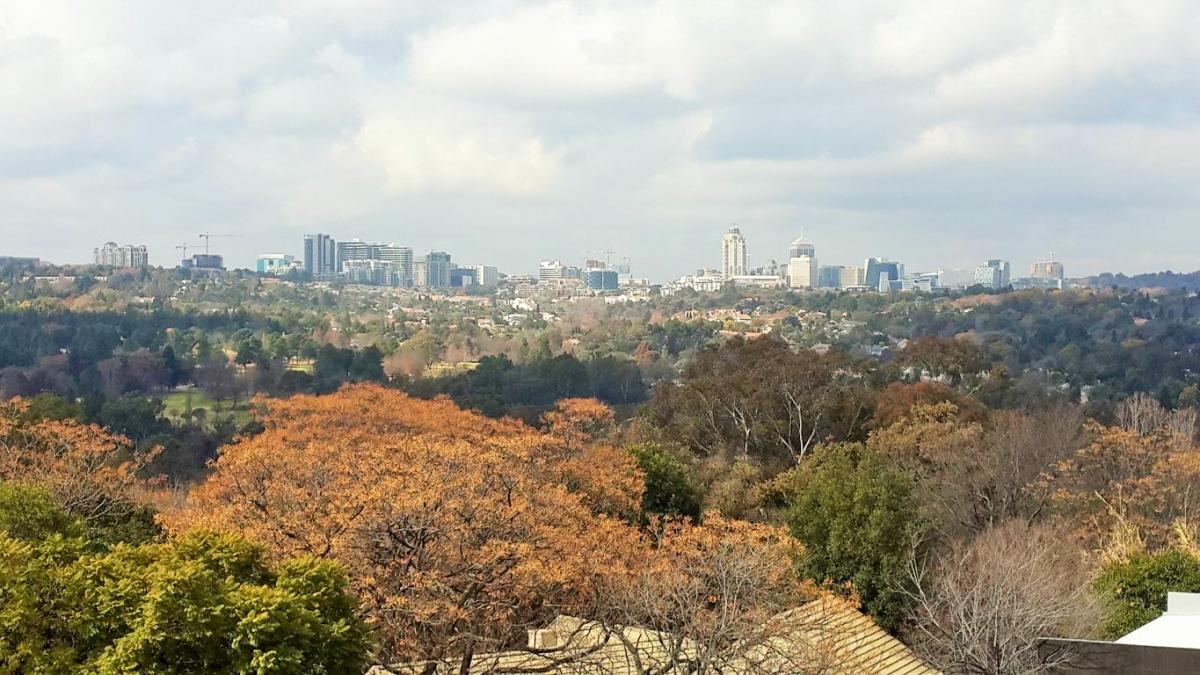
Disclaimer: Any views expressed by individuals and organisations are their own and do not in any way represent the views of The Heritage Portal. If you find any mistakes or historical inaccuracies, please contact the editor.
A common view ventured during small talk at meetings and social occasions I attend is that Sandton has no history. Many people describe the area as rich and soulless while others complain about 'poor architecture' and the explosion of sectional title complexes. In this article I will take readers on a dash around a few significant sites and hopefully persuade the naysayers that Sandton does indeed have a rich and layered history. Click here for a full list of Sandton stories compiled by researchers over the past three decades.
Gold in Sandton
Very few people are aware that gold was discovered in what is now Sandton over three decades before the discovery of the main reef that led to the establishment of Johannesburg. Do yourself a favour and visit Thyme on Nicol on the corner of William Nicol Drive and Republic Road, order a coffee and look out onto the portion of the river where Pieter Jacobus Marais panned for and found gold over 160 years ago. Click here to read more about the discovery.
Enthusiasts panning for gold in the 21st Century (The Heritage Portal)
Panners Lane in River Club commemorates the historic find. A blue plaque can be spotted near the corner of Panners and Coleraine Drive. Click here for some history. (The Heritage Portal)
Precolonial History in Lonehill
In the 1980s Professor Revel Mason made a remarkable discovery in Lonehill. He and his team found one of the most complete iron smelting and forging sites in Southern Africa. Below is short excerpt from an article written by Lilith Wynne about the importance of the site (click here to read the full article):
It soon became apparent that in Sandton we have a site of national historical importance, one that merits all efforts to preserve it... The first excavation showed a large iron smelting area, dated by samples of charcoal to about three hundred years ago. Fragments of pottery on the site can be attributed to Sotho/Tswana speaking peoples. The ornamental patterns and styles of the pottery are similar not only to those from +- 60 other Iron Age sites in the Transvaal, but are also similar to patterns still made by the Sotho/Tswana today. Later, following the drilling of fifty-three test holes, a huge granite anvil was found. The boulder had a crust of iron and clear cut grooves, indicating exactly where the tools were hammered into shape. Actual hammerstones of hard igneous diabase rock were lying nearby, further proof of iron processing activity. This made Lonehill unique, in that it preserved not only evidence of the first process of extraction of iron from the ore, but of the second process, that of the production of iron weapons, ornaments etc. Until a few years ago, archaeologists thought that furnaces alone were involved in the production of iron. It is now known that the furnaces were just the first part of a long and complex process of refinement of the basic iron 'sponge' which the furnace produced.
The 'Lone Hill' (The Heritage Portal)
A Forgotten Monument
In the early 1980s, the Sandton Historical Association erected Sandton's first monument near the top of South Road. The monument marks the graves of a few members of the Esterhuysen family who owned the farm Zandfontein in the middle of the 19th century. It is on a portion of this farm that 'Africa's Richest Square Mile' has emerged. Thousands of cars pass the monument every day without realising it is there. Click here to read more.
Sandton's First Monument (The Heritage Portal)
Grand Houses
Norscot Manor is one of Sandton's heritage gems. It was built on a grand scale for the Eriksen family in the 1930s (click here for some detailed history). It is well worth a visit. You can enjoy a cup of tea or coffee on the lawns and soak up the historic atmosphere.
Norscot Manor (The Heritage Portal)
Another well known Sandton mansion is Tara in Sandhurst. It was also built on a grand scale in the 1930s. The house has been part of the H Moross hospital for many years. Click here for some details about this special house.
Tara (The Heritage Portal)
Sandhurst is also home to a Norman Eaton designed home. Some sources say this is the only home he designed in Johannesburg (click here for photos). In the coming decades I am sure many more Sandton homes with rich history will be nominated and declared as heritage sites.
Historic Farmhouses and Forgotten Farms
One of Sandton's best known heritage sites is the Driefontein Farmhouse. It is located at the top of Coleraine Drive as River Club merges with Parkmore. The farmhouse was built in 1906 by the Wilhelmi Family. The City of Joburg has restored the property in recent years and hopes to find a good tenant to bring the site to life. The Wilhelmi's original farmhouse was located across the river. Unfortunately nothing but the ruins of the stables remain. Malcolm Wilson has written extensively about Driefontein Farm (click here for details).
Driefontein Farmhouse (The Heritage Portal)
Ruins of the Wilhelmi Stables (The Heritage Portal)
Another landmark site is the farmhouse tucked beneath the N1 in the suburb of Douglasdale. Master Builder, Thomas Douglas began purchasing land in the area in 1904 and built the farmhouse a short time later. In the early days it used to take the Douglas family a full day by wagon to reach the farm from Johannesburg! Click here to read more about the Douglas that gave his name to Douglasdale.
Douglasdale Farmhouse (The Heritage Portal)
Only a few readers will remember the heydays of the famous Benmore Farm. Businessman Montagu Simpson imported Ayrshire cattle from Scotland and formed one of South Africa's great herds. Today the land is covered by a mall, school and hundreds of houses. A few years ago the pupils at Crawford College unveiled a blue plaque to commemorate this now largely forgotten enterprise.
Benmore Farm Plaque Unveiling (The Heritage Portal)
The name Mushroom Farm Park (the park is located in Sandton Central) reveals another forgotten Sandton Farm. In the 1950s and 60s Dr Charles Kark established an impressive mushroom farm and cannery in the area. There were very few mushroom farms in South Africa at the time so he travelled extensively around Europe to gain the necessary expertise. Some readers may recognise the brand 'Silver Stream' which was inspired by the small stream running through the area.
Mushroom Farm Park with Metropolis on Park in the background (The Heritage Portal)
Iconic Parks
Sandton is incredibly lucky to have two large parks full of history: Ullmann Park and the Field and Study Centre. Ullmann Park honours the famous artist, sculptor and designer who made his home in Sandton in the 1940s. You can read his remarkable story here. The Field and Study Centre was originally part of the famous Driefontein Farm mentioned earlier. Freya Wilhelmi sold part of the farm to the Arnold family in 1937. The Arnolds then established a small farm and built a house which still stands today. The Arnolds' son Wolfgang made provision in his will for the Sandton Town Council to be given first option to purchase the land on his death. In 1974 the Council exercised this option and established the Centre which has become a priceless resource for residents and visitors. Some of Sandton's oldest trees can be found at the bottom of the property near the river.
Ullmann Park House (The Heritage Portal)
An Ullmann Sculpture in the Park (The Heritage Portal)
Arnold House at the Field and Study Centre (The Heritage Portal)
The old trees at the Field and Study Centre (The Heritage Portal)
An Enduring Little Church
A short walk from the Gautrain Station down Stella Street you will find the 'Little Church in the Pines'. The church is probably Sandton Central's oldest structure dating back to the mid 1920s (there are older structures in the suburbs of couse - some mentioned above). In the 1990s, Juliet Marais Louw compiled a short history of the church which can be read here. In recent years Sandton's heritage community has become anxious that the current owners plan to redevelop the site. Thankfully nothing has happened so far.
The Little Church in the Pines (The Heritage Portal)
A memorial to a famous US President
Witkoppen School is a very special site in Sandton. The school managed to survive the apartheid government's attempts to close it and it appears as though it has one of the few memorials to President John F Kennedy in Africa. This story is a fascinating one and can be read here.
One of the structures of Witkoppen School (The Heritage Portal)
In 1973 Sandton City opened and became the catalyst for the development of a major node to the north of Johannesburg. Earlier this year I heard the remarkable stat that 50% of South Africa's office construction was happening within Sandton Central. The impact on the surrounding suburbs has been massive with huge investments into residential and retail developments. As the building that marks the origins of modern Sandton, a strong case could be made for the nomination of Sandton City as a heritage site. At the very least I think it deserves a prestigious blue plaque.
Sandton City (The Heritage Portal)
If you have any stories about Sandton's history that you would like to share, please get in touch - heritageportal@gmail.com
Comments will load below. If for any reason none appear click here for some troubleshooting tips. If you would like to post a comment and need instructions click here.

